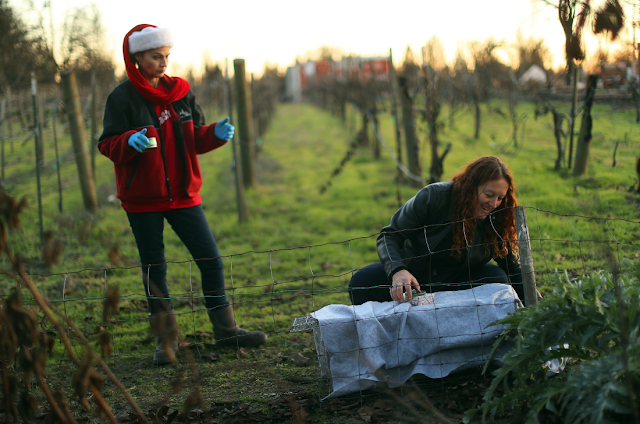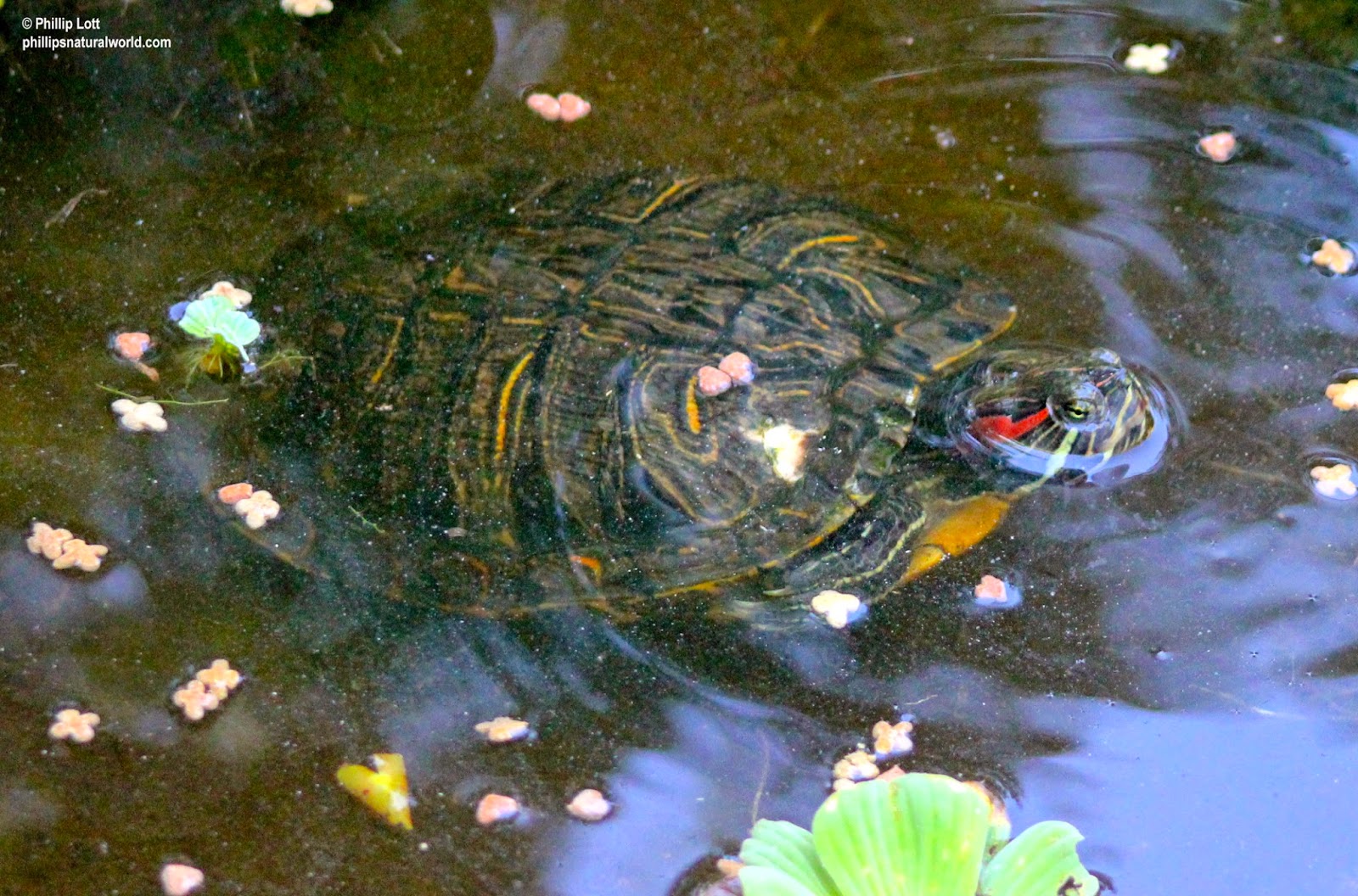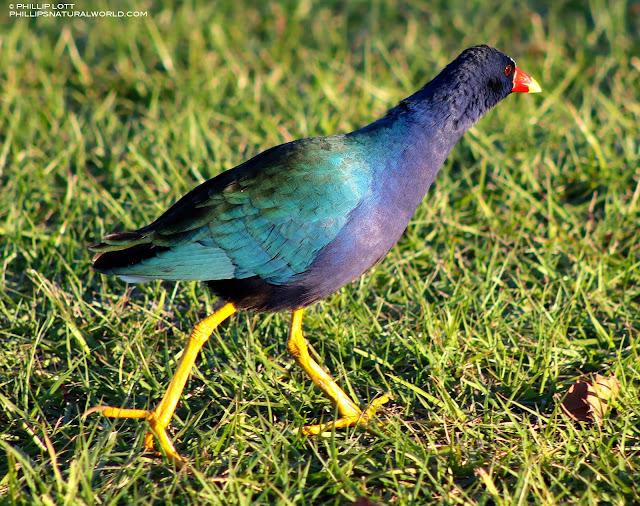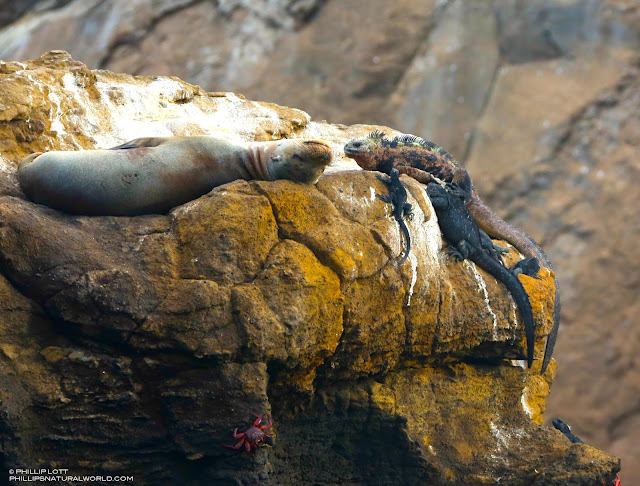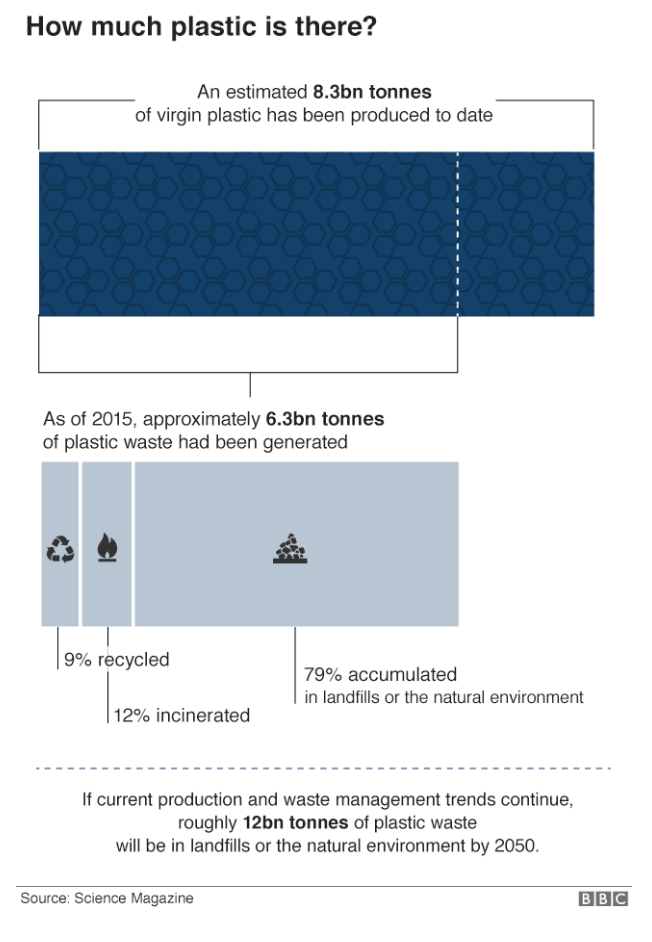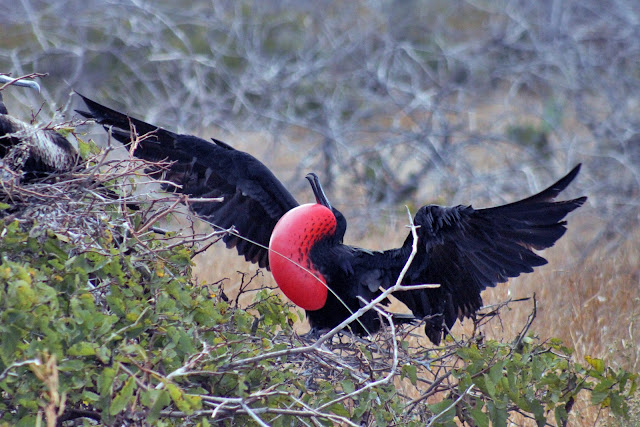View from the top of Mount Harrison (above Gatlinburg) looking toward Clingman's Dome.
Follow Phillip
on instagram
Ober Gatlinburg
I always wondered what this resort was like. Its kind of a Disney-esque tourist trap atop the mountain overlooking Gatlinburg. One rides a skyway tram up several thousand feet then if you want to go higher (I always want to go higher), you pay an additional $7 to ride the ski lift to the very top. The course below the ski lift is a no-show bobsled ride (another $7).
Burkas in the Smokies
Look closely at the photo above and below. Yes, those are completely unedited photos of burkas in the Smokies. We encountered a lot of burkas and even more saris on a recent Saturday afternoon.
The pair below were interesting as the men accompanying the burka-clad women were twins with twin boys. Made me wonder if the women might also be twins. One couldn't see even the women's eyes as their faces were completely covered. Of course one always wonders if they voluntarily submit to such subjugation but I resisted the urge to ask them to pose with the hillbilly band performing just outside of this frame.
As open-minded as I am, it will always be a little unnerving when someone completely clad in face mask and black comes up behind me. I'll never get used to that, and in such an unlikely place.
The pair below were interesting as the men accompanying the burka-clad women were twins with twin boys. Made me wonder if the women might also be twins. One couldn't see even the women's eyes as their faces were completely covered. Of course one always wonders if they voluntarily submit to such subjugation but I resisted the urge to ask them to pose with the hillbilly band performing just outside of this frame.
As open-minded as I am, it will always be a little unnerving when someone completely clad in face mask and black comes up behind me. I'll never get used to that, and in such an unlikely place.
Below, the view of Gatlinburg from atop Mount Harrison
The tram only takes passengers as high as the mall, skating rink and little circus. If you want to go higher there is a ski lift and another charge. The entire time I was in the Gatlinburg area it felt like everyone had their hand out for more money.
Tall Goldenrod
(Solidago altissima)
Solidago altissima (Tall Goldenrod, Late Goldenrod, Canada Goldenrod). Goldenrods are notoriously difficult to identify to a particular species, so make sure you don’t rely on a single source for your identification information. This could easily be S. canadensis but because of where I photographed it (Sevier County, Tennessee) and after consulting the USDA Plants Database, I decided that this late blooming goldenrod was Solidago altissima.
Tall Goldenrod grows in colonies (below) with several stems arising from a rhizome. The gray-green leaves alternate as they rise up the stem. The vein structure in its leaves is distinctive with three main veins. Tall Goldenrod’s flowers are secund (arranged on one side only) with each blossom normally having 5 to 7 disk flowers and 9 to 17 ray flowers.
Traffic and Smog Cloud View of Smoky Mountains
View from Clingman's Dome area. Of course I've omitted shots of the insane traffic and cars in ditches, etc. Something is wrong in Smoky Mountain National Park that the government is not charging entrance fees and there is no control on traffic into the park. On this Saturday afternoon it took about 3 hours to drive from near Clingman's Dome to Gatlinburg, less than 20 miles.
The other side of the Smoky Mountains north of Asheville is much less crowded and thus more pleasant (below). This is the Carl Sanburg National Monument in Flat Rock, North Carolina.
and in Florida
Golden Raintrees Bloom
(Koelreuteria paniculata)
Native to eastern Asia this noxious weed-tree now dominates the fall landscape in Florida where it was introduced sometime after 1763. The flowers start off yellow, with four petals growing in large terminal panicles. The fruit is a three-parted inflated bladder-like red-pink pod, each which contains 3 or more seeds, which seemingly all sprout making more of the trees. The copious seeds are edible when roasted.
And This:With temperatures falling and fewer hours of daylight in the northern hemisphere, autumn colors are sweeping across the eastern United States and Canada. On October 20, 2017, the Moderate Resolution Imaging Spectroradiometer (MODIS) on NASA’s Terra satellite captured the annual transformation in this natural-color image.
According to The Foliage Network, fall colors were at or just past their peak in much of upstate New York and the upper peninsula of Michigan the day before MODIS captured the image. As seen in the Adirondack Mountains and Catskill Mountains in New York, peak color comes to high-elevation areas before surrounding lower-elevation areas.
Are the autumn leaves drifting by your window? Probably not.
All along the East Coast, from Maine to Virginia, it’s been a balmy fall, without the overnight crispiness that helps produce the panorama of golds and reds that’s typically sketched on many trees this time of year. Some spots, New York’s Central Park among them, are pretty much still seas of summer-like green. Or brown.
Boston was 7.4° hotter than normal last month. Temperatures in Burlington, Vermont, were 10.5° above the 30-year average. Central Park had its warmest October on record. It broke a mark set in 1947 with an average that was 7.2° Fahrenheit (4° Celsius) above normal,.
Thus the foliage situation. The force at play is a high pressure ridge over the northern Pacific Ocean that has been keeping the western U.S. cool while warming the east. And though the forecast says New York will get chilly this weekend, the East Coast overall stands a good chance of remaining toastier than usual all this month, according to the Climate Prediction Center in College Park, Maryland.
The trees are just following the rules. When the likes of an oak or a maple gets ready for winter, its chlorophyll production shuts down, robbing its leaves of their green tint. Then other chemicals, such as carotenoids and anthocyanins, are free to storm the stage with a display of yellows, oranges and reds.
Chlorophyll is the thing that allows trees to absorb light and turn it into sugar through the photosynthesis process. And there just haven’t been enough of the brisk nights that trap sugar in leaves and spur production of those other chemicals, according to Northeastern Area State and Private Forestry’s website.
“The warmer nights can certainly delay and even mute the change,” said Richard Harper, a professor in the Environmental Conservation department at the University of Massachusetts in Amherst. In other words, when they do show up, the colors won’t be as intense as during a brisk autumn season.
Of course, different species react to the weather in different ways, said Marlyse Duguid, a research scientist at the Yale School of Forestry and Environmental Studies in New Haven, Connecticut. “The introduced Norway Maple here in New Haven are all still dark green—while most of our native Sugar Maples and Red Maples have dropped their leaves.”
At some point, most leaves will turn. A trip to New Hampshire or Massachusetts will still be worthwhile, Harper said. “A less than stellar fall in New England is still pretty stellar by most folks’ standards.”
Instead of hanging out in the warm confines of Nashville's Bridgestone Arena, Sturgill Simpson decided to busk and answers question outside of this year's CMA Awards, and he did it all live on Facebook
Often talked over by a man in the background with a microphone, Simpson spoke favorably of his pals, or wannabe pals, including Jason Isbell, Chris Stapleton, Miranda Lambert and Keith Urban ("We were homies, for like 5 minutes"). He also got political, speaking out in favor of LGBT rights, among other in-the-news topics.
A sign next to his guitar case noted that all donations would go to the American Civil Liberties Union, while inside country royalty took some jabs at President Trump.
The Kentucky-born singer and songwriter was nominated for album of the year at this year’s Grammy Awards for his “A Sailor’s Guide to Earth.” While Simpson lost in that field to Adele, his work did take the top country Grammy.
Simpson, as should be apparent by his busker move, exists just outside the country mainstream, thriving in a rootsy, twangy corner of the world occupied by such critically acclaimed acts as Stapleton, Mumford & Sons, the Avett Brothers, Emmylou Harris, Rhiannon Giddens, the Lumineers, Rodney Crowell, John Hiatt and Alison Krauss, among others.
Whether watching the awards or not, social media reacted to the singer's candid, and sometimes explicit, comments.
We're Following:
Damn! There's a spot on my tight red speedo.
"I always recline like this. Really. Its very comfortable."
































































































































































